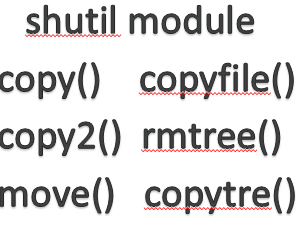Absolutely, building a web application with Python and Flask is a great way to get started in web development, Whether you’re a seasoned programmer or just starting out, Flask is a fantastic framework for building web applications quickly and efficiently. In this beginner-friendly guide, we’ll walk through the process of creating your first web application using Flask.
What is Flask?
Flask is a lightweight and flexible micro-framework for Python web development. It’s designed to be simple and easy to use, allowing developers to quickly build web applications without a lot of boilerplate code. Flask is perfect for beginners because of its simplicity, but it’s also powerful enough to handle complex web applications.
Setting Up Your Development Environment
Before we dive into building our web application, let’s make sure you have Flask installed on your system. If you haven’t already installed Flask, you can do so using pip, Python’s package manager. Open your terminal or command prompt and run the following command:
pip install Flask
Once Flask is installed, you’re ready to start building your web application!
Creating Your First Flask App
Now that we have Flask installed, let’s create a simple “Hello, World!” application. Create a new Python file called app.py with below steps and add the following code:
Import Flask: Start by importing the Flask class from the flask module in your app.py file.
Create Flask Instance: Instantiate the Flask class to create an application object (Flask(__name__)).
Define Routes: Use the @app.route() decorator to define routes that map URLs to functions in your app. These functions handle user requests.
Run the App: Use the app.run() method to start the development server and test your application.
from flask import Flask
app = Flask(__name__)
@app.route('/')def message():return 'Hello, World!'
if __name__ == '__main__':app.run(debug=True)
Above code defines a basic Flask application with a single route (/) that returns the string “Hello, World!” when visited. Save the file and run it using the following command:
python app.py
You should see output indicating that the Flask development server is running. Open your web browser and navigate to http://127.0.0.1:5000 to see your Flask application in action!
Adding Dynamic Content
Now that we’ve created a simple “Hello, World!” application, let’s make it a bit more interesting by adding dynamic content. Modify the app.py file to include a route that takes a parameter and displays a personalized greeting:
@app.route('/greet/<name>')def greet(name):return f'Hello, {name}!'
With this change, visiting http://127.0.0.1:5000/greet/Nitesh will display “Hello, Nitesh!” in your browser.
Conclusion
Congratulations! You’ve successfully built your first web application with Python Flask. In this guide, we covered the basics of setting up a Flask development environment, creating routes and handling dynamic content. Flask is a powerful framework that offers a lot of flexibility, so feel free to experiment and explore further. Happy coding!


